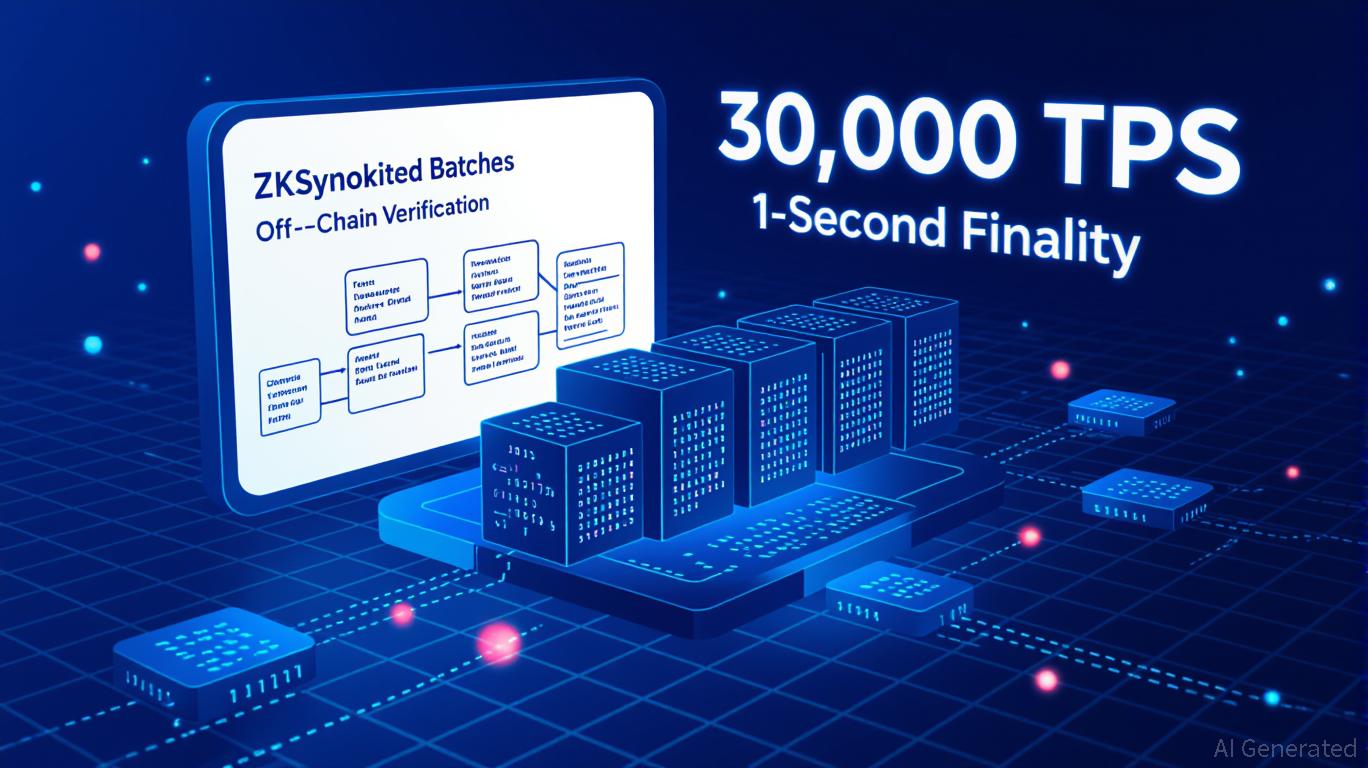Next Wave of Stablecoin Boom May Seem Invisible, Says Transak CEO
Most companies want their brand to be front and center when a consumer uses their product, but as an infrastructure provider that specializes in crypto payments, the opposite is rather true for Transak and its stablecoin ambitions.
Transak co-founder and CEO Sami Start told Decrypt that the company is leaning into modular APIs as a white-labeled offering for established firms that want to augment their existing services with stablecoins.
As a result, the Tether-backed firm, which has raised $40 million in total funding, is betting that the next wave of stablecoin adoption will feel more invisible than how it looks today. Historically, Transak has focused on enabling other applications’ users to purchase crypto with cash.
“People know Transak as a ‘buy crypto’ button inside major wallets and other crypto apps,” he said. “We’re starting to roll out more white-label use cases and stablecoin use cases, where it’s about onboarding and using financial applications, rather than buying crypto to speculate.”
Dollar-pegged tokens got a boost in legitimacy this year from the passage of the GENIUS Act legislation in the U.S., with institutions from Citigroup to Bank of America expressing an interest. Still, as they hit consumer applications, some users won’t be aware that they’re using them, Start said.
For applications like PayPal’s Venmo, that could look like tracking a user’s traditional account balance in tandem with holdings of PYUSD. Currently, the firm’s stablecoin is reflected for users separately from “cash,” on its mobile app’s “crypto” page.
When it comes to white-label use cases for stablecoins, where Transak’s brand isn’t attached to the product, Start highlighted the firm’s endpoints with the traditional financial system. Some companies, he added, are interested in the concept of a so-called stablecoin sandwich.
For example, Transak may handle Know Your Customer (KYC) procedures for an individual purchasing a stablecoin with cash in one region, as well as someone who receives that same token in a different region, who then wants to convert those funds back into cash.
“In some cases, we may just do one side of that,” he said. “But by making our product slightly more flexible, we just open up a much, much larger market.”
Start noted that the process could play out in the background for some users, who aren’t confronted with industry lingo. In some ways, it parallels how the California DMV’s recently sunset blockchain-based service used Avalanche, but didn’t invoke the layer-1 network’s name.
Experts say that stablecoins can provide tech firms with additional revenue, as their backing assets—often U.S. Treasuries and cash—generate low-risk returns. In the third quarter, for example, Coinbase reported $355 million in revenue stemming from Circle’s USDC.
Last month, Western Union became the latest payments giant to express an interest in the tech, with the remittance specialist saying it would debut a stablecoin of its own on Solana next year.
Disclaimer: The content of this article solely reflects the author's opinion and does not represent the platform in any capacity. This article is not intended to serve as a reference for making investment decisions.
You may also like
Vitalik Buterin's Progress in Zero-Knowledge Technology and the Investment Opportunities within Ethereum's Layer-2 Ecosystem
- Vitalik Buterin prioritizes ZK technologies to optimize Ethereum's post-Merge scalability, targeting modexp precompile replacement for 50% faster ZK-proof generation. - ZKsync's Atlas upgrade enables 15,000+ TPS and near-zero fees by redefining L1-L2 liquidity, positioning ZK-based L2s as Ethereum's infrastructure backbone. - Dencun's "blob" data slashes L2 costs by 98%, driving Base and Arbitrum to surpass Ethereum's base layer in transaction volume and user adoption. - ZK L2s like ZKsync and StarkNet s

Vitalik Buterin Supports ZKsync: What This Means for Layer 2 Scaling
- Vitalik Buterin endorses ZKsync, highlighting its ZK-rollup tech as critical for Ethereum's scalability and decentralization goals. - ZKsync's Atlas upgrade achieves 30,000 TPS with 1-second finality, enhancing programmability while maintaining on-chain security. - The project faces competition from Arbitrum and Optimism but differentiates through privacy, low fees, and Ethereum compatibility. - Rigorous audits and emergency response protocols strengthen ZKsync's security, though real-world performance r

ZK Atlas Enhancement: Driving Blockchain Expansion and Business Integration in 2025
- ZKsync's 2025 Atlas Upgrade introduces a high-performance ZK stack with 15,000+ TPS, redefining blockchain scalability through modular Layer 2/3 infrastructure. - The upgrade enables bridge-free Ethereum interoperability and supports EVM/RISC-V/WASM compatibility, addressing enterprise needs for hybrid blockchain solutions. - Institutional adoption surges with ZK token's 50% price jump and $19M+ partnerships, though legacy system integration and regulatory clarity remain key challenges. - BaaS compatibil

ZK-Related Cryptocurrencies: Reasons Behind the ZK Surge in November 2025
- ZK crypto sector dominates 2025 market via on-chain adoption and institutional validation, driven by privacy-compliant infrastructure and real-world use cases. - Zcash (ZEC) surges 400% as shielded pool hits 20% supply, while Immutable (IMX) builds $920M gaming ecosystem using ZK-powered zkEVM technology. - Worldcoin (WLD) advances biometric verification without data exposure, and Succinct's OPL scales ZK infrastructure for enterprise adoption. - Institutional capital prioritizes ZK projects with measura

